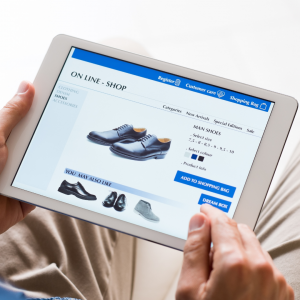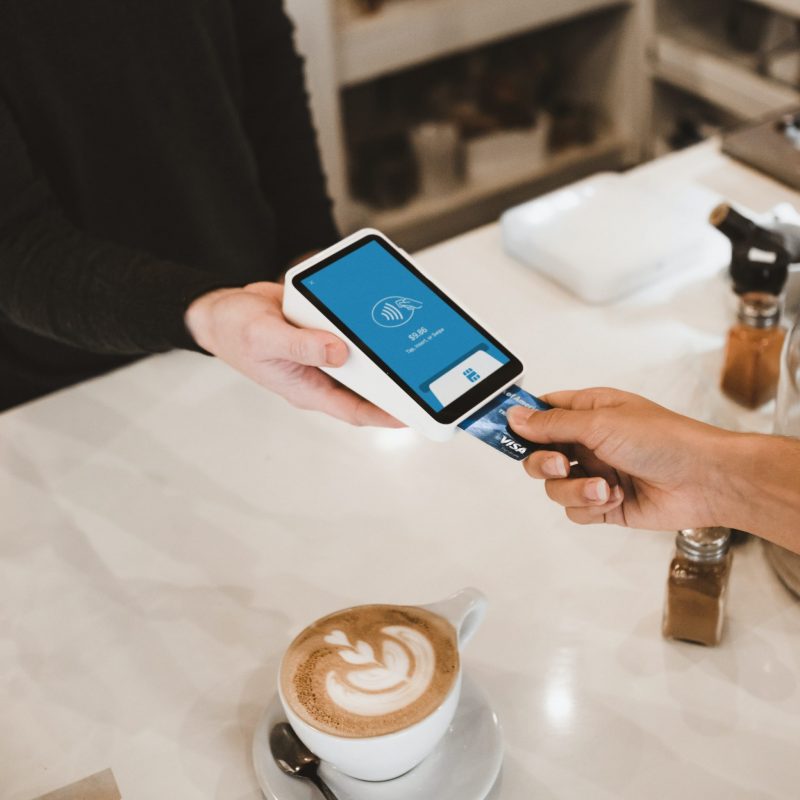
Is it safe to give debit or credit card details for every transaction online?
The continuous rise of the Internet has allowed millions of people worldwide to buy the goods they want quickly and easily, but purchasers still need to provide payment data.
This is where critical questions arise – is it safe to give my credit card number every time? Why should I write every time the CVV number? Why is the number of the card stored? And what do we need to do to protect our credit card data when making online payments?
Let’s explore together, your safest options when shopping online.
How to Stay Safe when Using Your Card Online
To stay away from any unfortunate incidents, follow the three basic rules:
- Look for the lock: Make sure you’re visiting a secure website, especially when it’s time to enter your card number. Look for the sealed padlock icon in your browser and pay attention to any security warnings.
- Check your bank account: It’s always a good idea to keep track of your money and it’s essential if you’re sharing account information online. Check your accounts once per month at a bare minimum; the more often the better. You can also create alerts so you know when money goes out.
- Use secure connections: Smartphones and Data make it easy to get things done. But you never know how safe a public internet connection is. If you’re going to access financial accounts or type in card numbers, prefer to do those tasks when you’re at home or at work and know your traffic is safe.
- Some debit cards have additional protection from the card issuer, so you’re safer.

How you can shop online safely without using a debit or a credit card
This can happen via Automated Clearing Payments, where funds are transferred directly from your checking account to another bank account. This payment network adheres to many security features that keep your banking information safe, such as encryption and access controls.
This is the way PayByBank operates. ✅
At the checkout, you choose to pay your order with the Automated Bank Deposit PayByBank.
A unique payment code is created identifying your order and looks like this: RF12345678912345678912345. You can receive the RF payment code by SMS, email, or on the screen, depending on the e-shop you are shopping at.
How safe are Real-time bank transfer payments?
These payments go through a clearinghouse that enforces rules and regulations while keeping account numbers confidential. Because of this, real-time bank transfer payments are more secure than other forms of payment.
With real-time bank transfer payments, if an issue with your payment occurs, you have the chance to resolve it within days.
Fraud and errors are uncommon thanks to the rule guide set by the network that these payments are processed and the preventative measures inherent in the banking and fintech industry.
Advantages of Real-Time Transfers
Using Real-Time transfers to pay bills starts with convenience. Paying your utility bills or other recurring monthly expenses using an electronic payment may be more accessible and less time-consuming when you compare it with writing and mailing, calling to confirm transfer receipts, or typing, again and again, credit/debit card details again and again.
Sending and receiving Real-Time Payments is a quick process. The settlement of the transaction or the transfer of funds from one bank to another generally happens the next working day after it is initiated.
Another benefit is that these transfers are often free, depending on your bank and the type of transfer involved.
If you are still not fond of paying online, you can choose the cash option.
There are two alternatives to choose from:
Cash on Delivery (COD)
You may order your product of preference online but choose to pay in cash; most of the time, this comes with an extra cost. Whereas most e-commerce sales require that customers pay upfront before receiving a product, COD allows customers to manage cash flow by paying at delivery. Cash on delivery also enables customers with minimal or less favorable credit histories to do business with vendors they would otherwise not be able to.
The drawbacks of cash on delivery
Suppose a buyer wants to return any goods after paying for them at delivery time. However, this can be a challenge as the supplier might not be obligated to accept the return.
Pay by Cash using PayByBank
PayByBank offers online shoppers a unique, risk-free method of shopping online, using CASH to pay at a network of more than 1.200 PayLink retail stores with no card required.
The online shopper can select PayByBank as the payment method during the checkout process and complete the purchase at a later point by making a payment in cash at a service point of the PayLink Western Union network. As simple as paying any utility bill!
Transactions are seamlessly reconciled, payments are processed in real-time, the order is dispatched, and then a smile of happiness returns to your face.🙂
Explore how the PayByBank payment option works and how you can pay for your online purchase in 5 ways.

Keep your payment info safe during online shopping every time
Scammers, fraudsters, or thieves can steal your card information from brick-and-mortar stores, ATMs, or anywhere Wi-Fi is available. They might pull it off with the help of a skimming device or by hacking into a merchant’s payment system remotely.
Despite all the hazards, this is an online retail world we’re living in, so you shouldn’t be overly fearful of purchasing online.
Explore here all the online stores where you can use PayByBank to pay.
